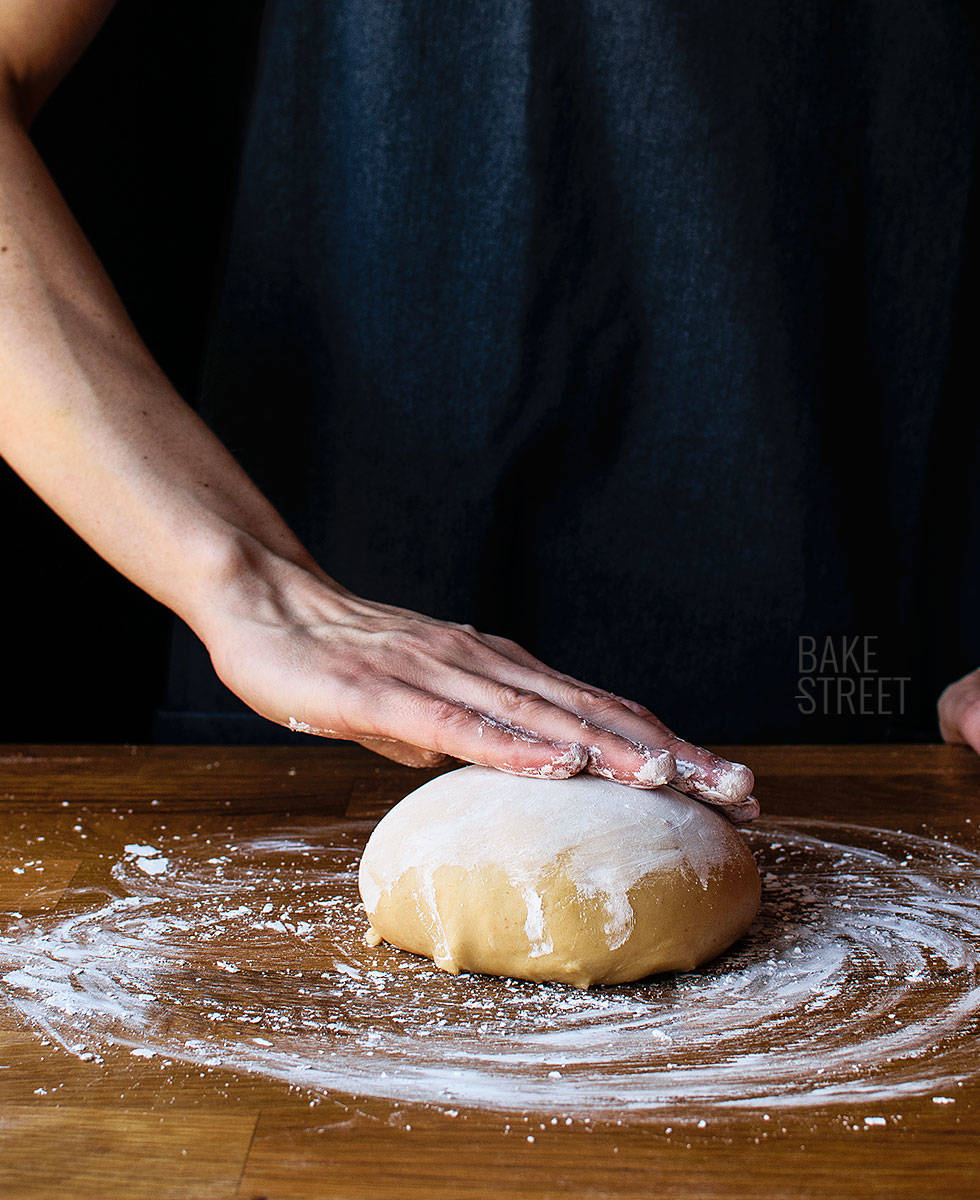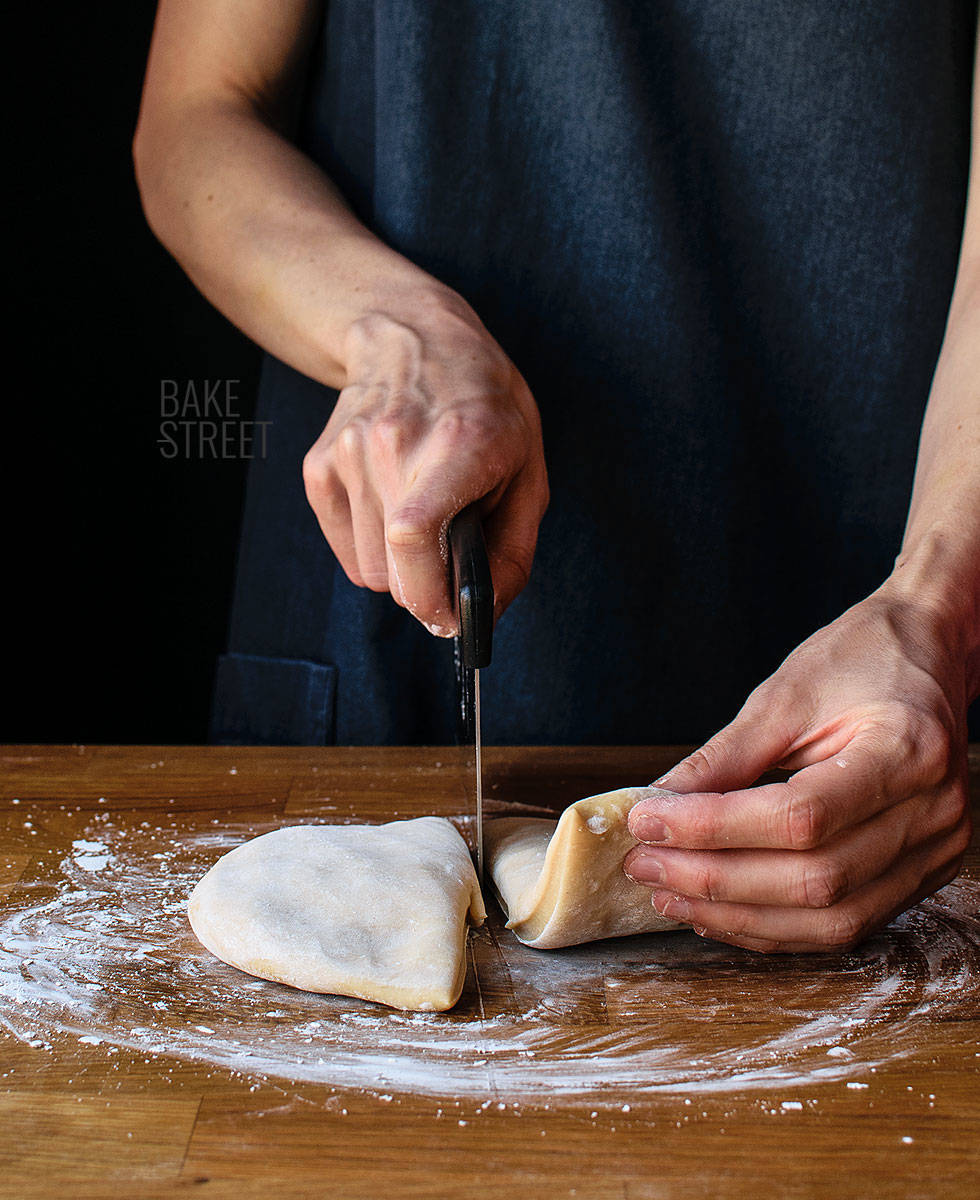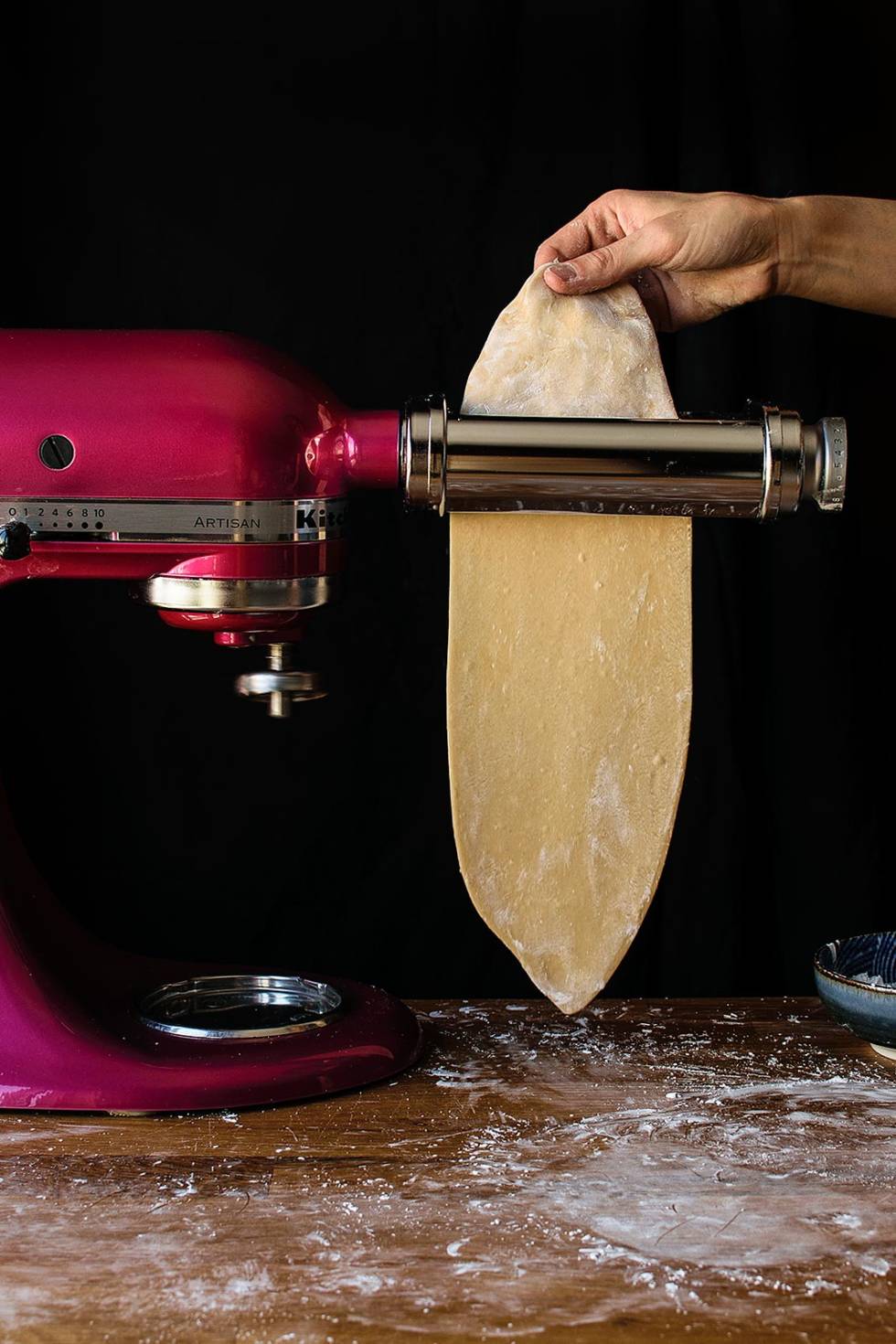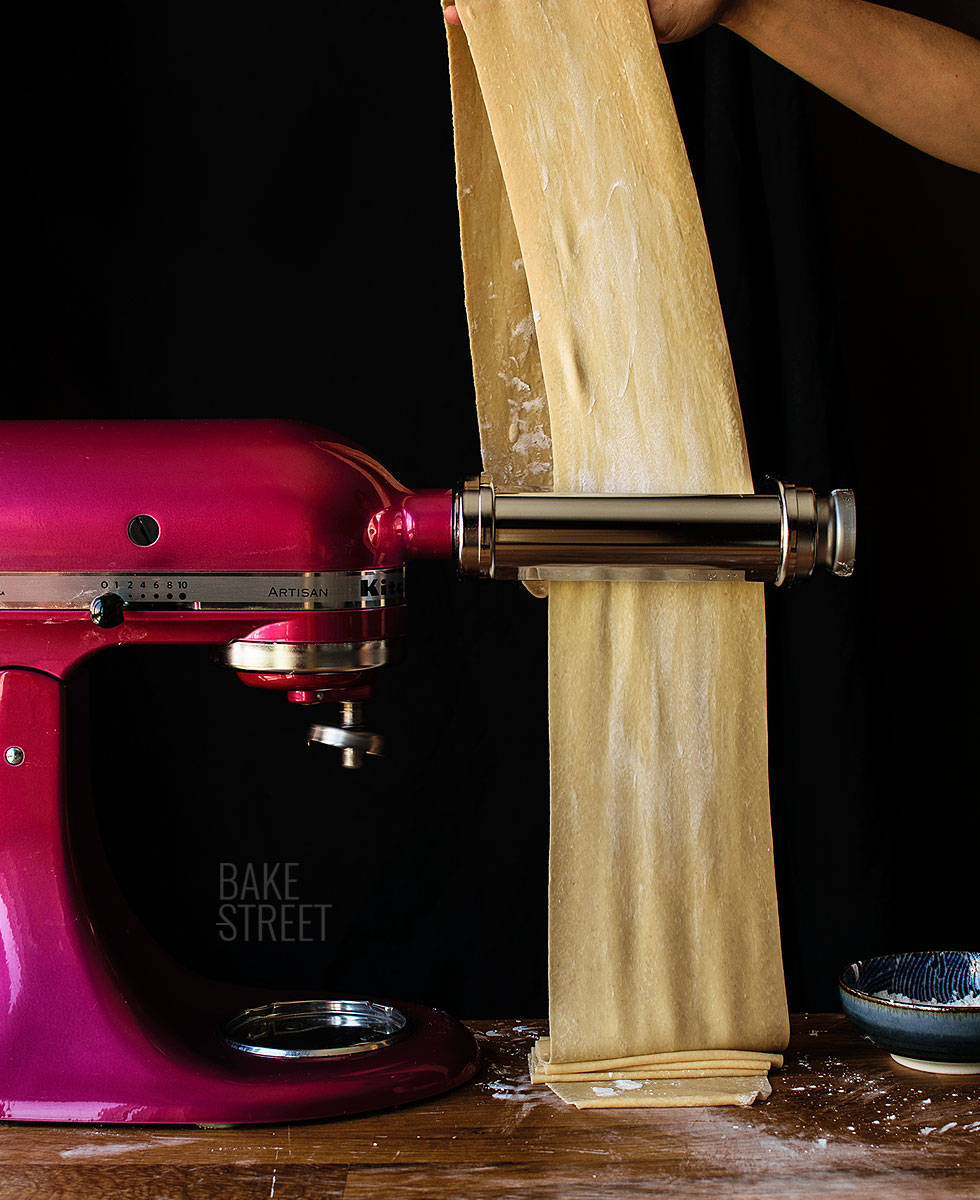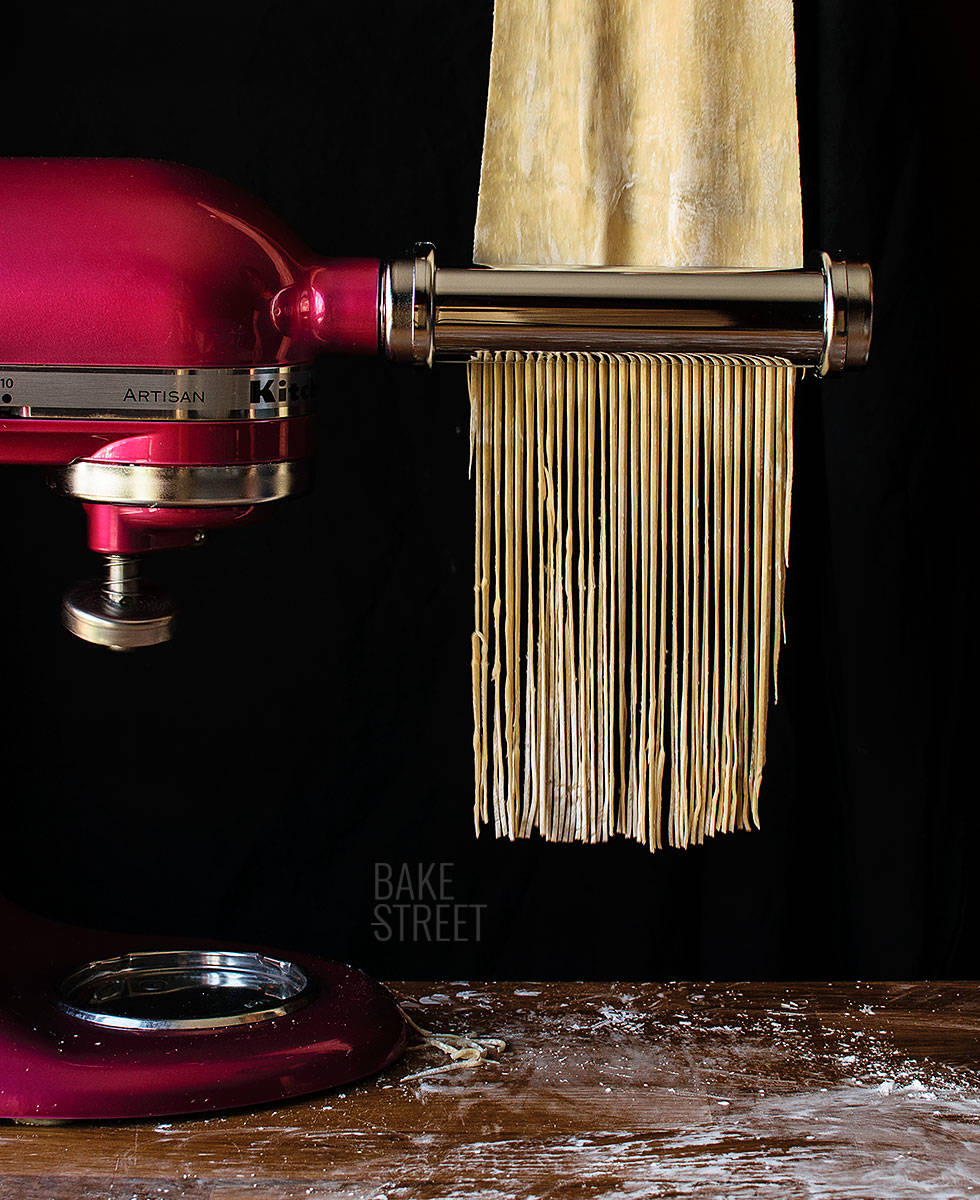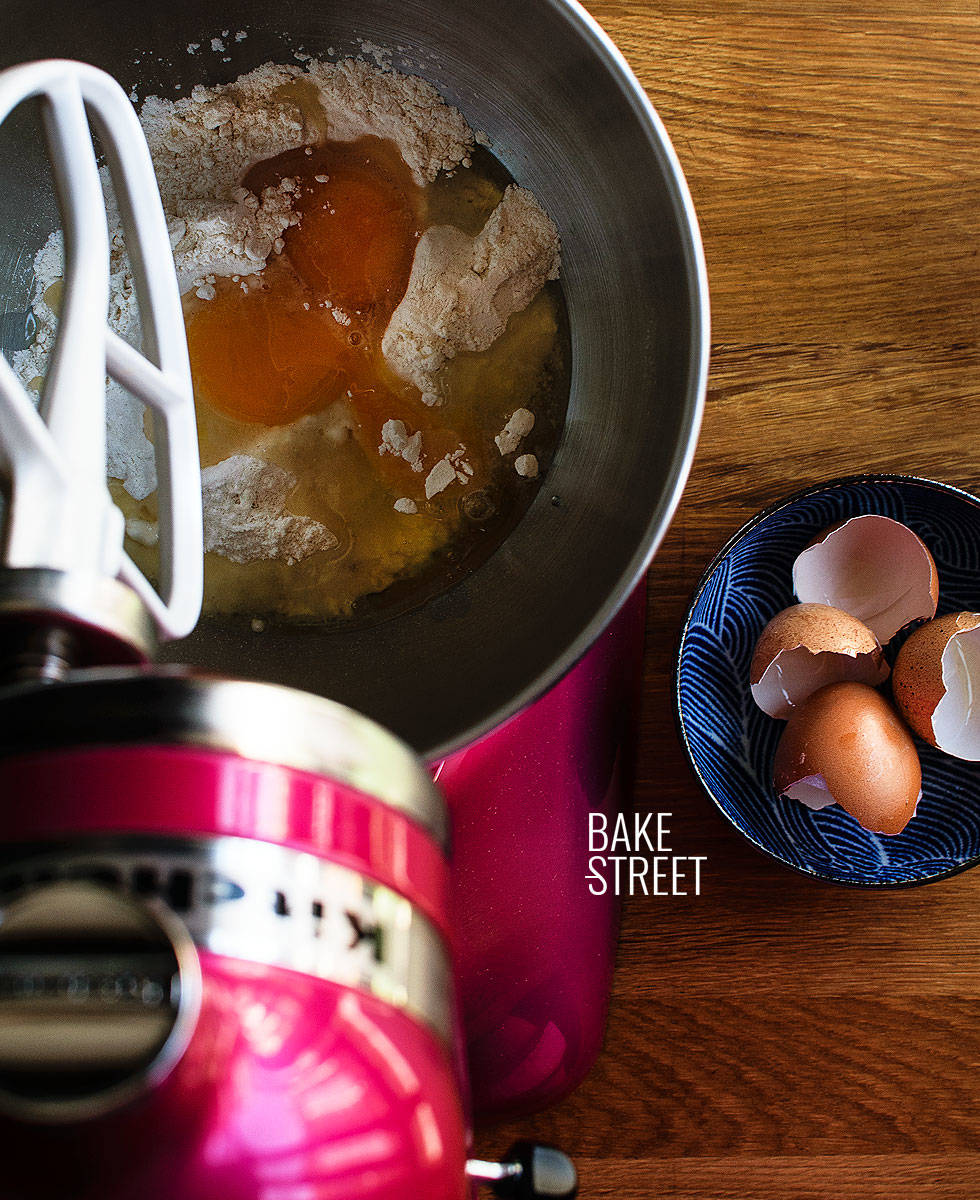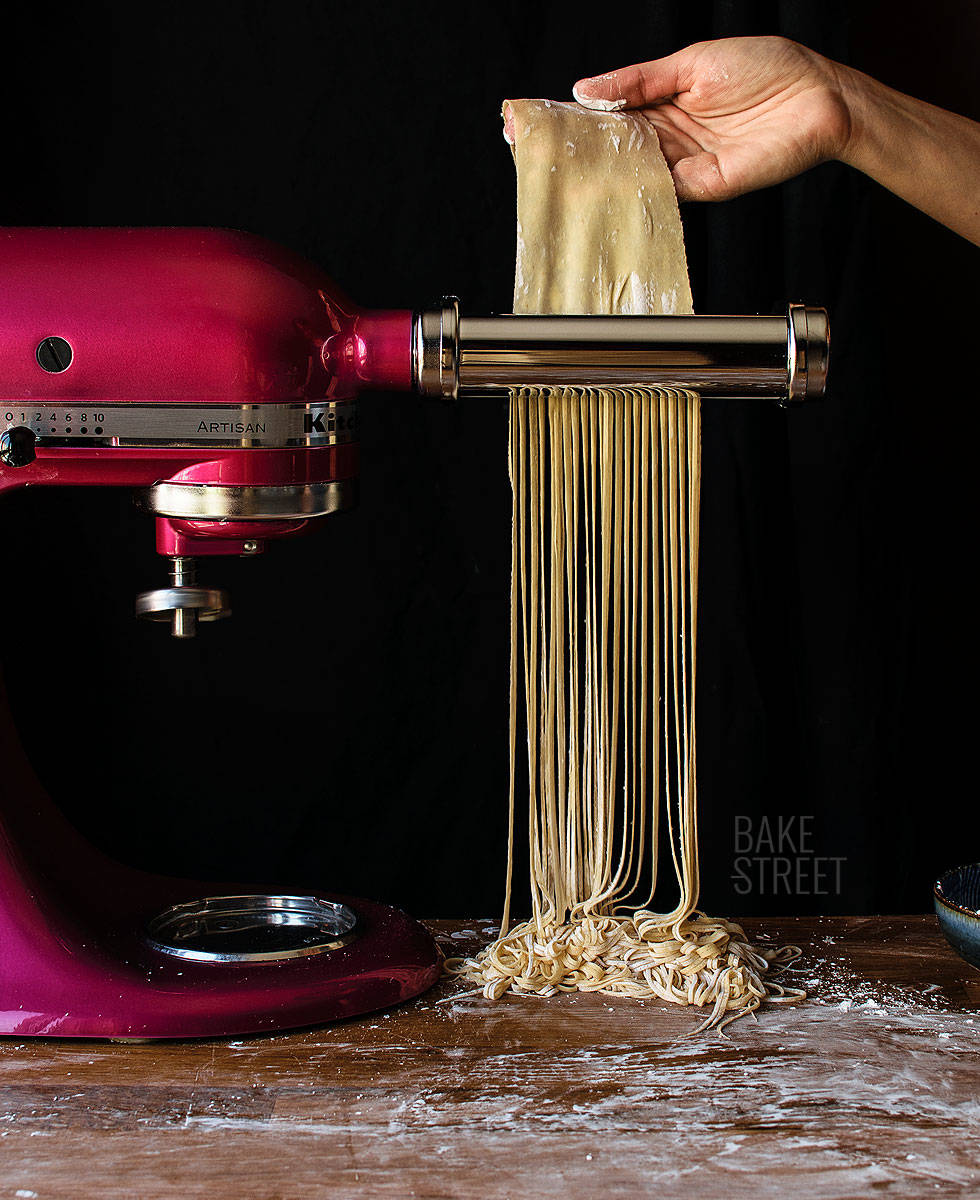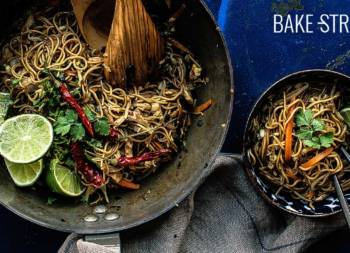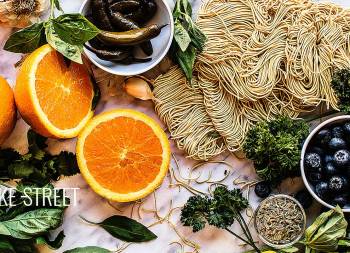
How to make egg noodles
Long time no see, I hope you’ve enjoyed your holidays very much. We have rested, enjoyed and disconnected what we needed. But I must also admit that I’ve done a lot of work for the next few months, so that I can be more relaxed. But to do so in a quiet, summery and unhurried environment makes the way of working completely different. Today we’re back again and we’ll do it with a simple and great recipe. I’m gonna show you how to make egg noodles.
At home we usually make a lot of fresh pasta, we love it, but especially my son. I wouldn’t know what he likes best, whether to spend time together in the kitchen preparing it or tasting it later. He’s a pasta fanatic. I’ve been introducing him to Asian cuisine (which I love!) for a long time now and he’s really enjoying it. The easiest way to make a first contact is with noodles. It could say it’s a direct family member of fresh pasta, so this was a sure thing.
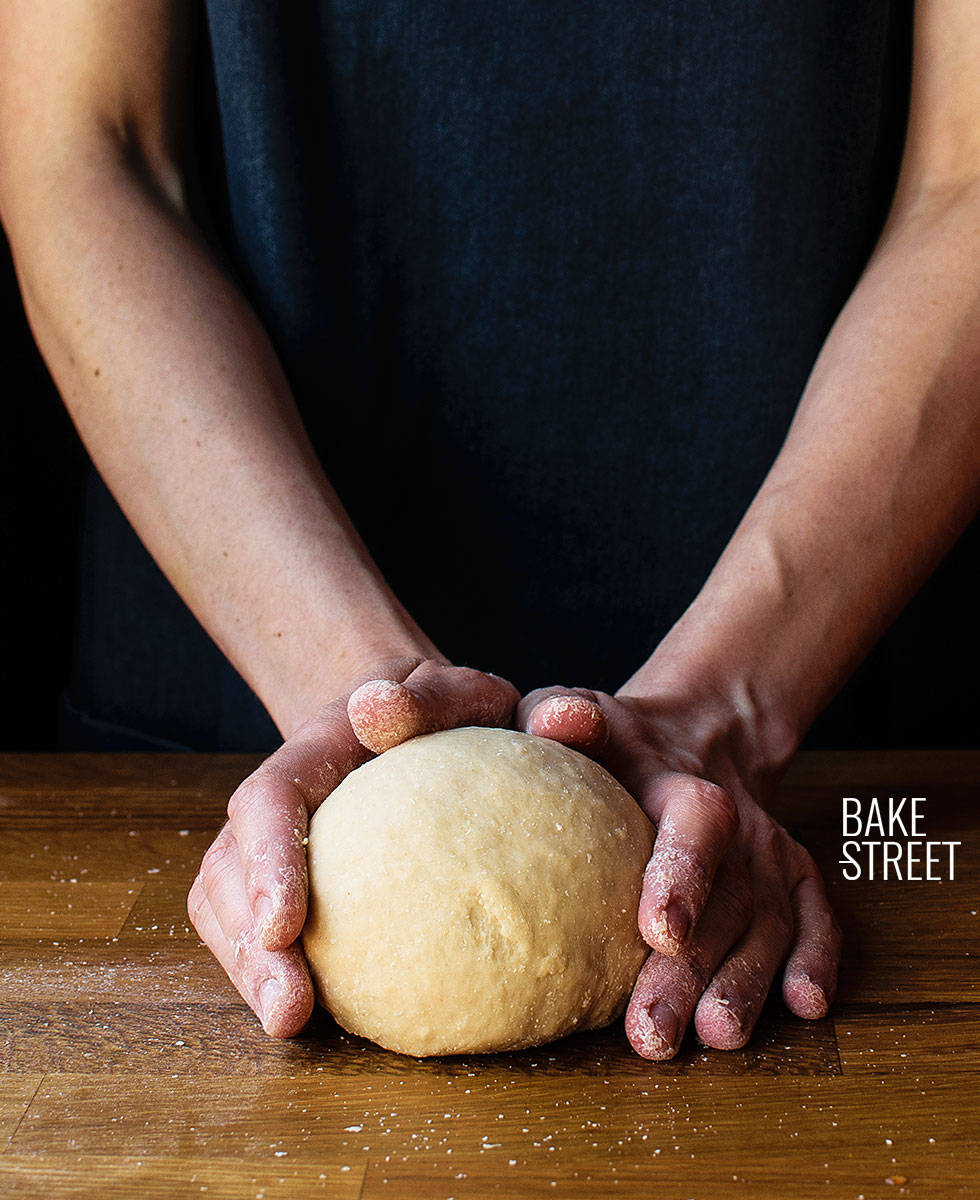
If you like this kind of gastronomy I am sure that noodles will be an ingredient that will never be missing in your pantry. In my case it’s like that. I always have a great variety of noodles for different preparations; made with egg, without egg, vermicelli, glass noodle, mung bean… Not to mention how versatile they are and how quickly you can prepare a wonderful dish with them. I almost dare say it’s a better alternative to a sandwich! Although if it is a good Jabugo ham with tomato, I still have to think about it 😉
I would like to make a brief pause before continue…
For those of you who are regular readers, you know that before taking holidays I always published three times a week. From now on and for a while, I will only publish twice a week (on Mondays and Fridays). There’s a reason for that: I’m going to start working in a bakery!
I’m so glad to be able to share this news with you! Without a doubt it will be a great experience for me that will allow me to learn and evolve a lot. It’s only for a few months at first, but I’ll keep you posted. That’s why I have to slow down the number of publications because it’s going to be quite difficult to get everything together. Continue with the recipe 😉
Making homemade noodles.
For those of you who are used to making fresh pasta at home, it will be very easy to make noodles. In fact, except for the type of flour we use, we won’t notice any difference.
I personally prefer fresh pasta made with durum wheat flour (semolina), not only for its taste but also for its texture. For me, there’s no comparison. But in the case of noodles it’s different, we need a different kind of finish and texture. In this case, we are going to make thin noodles that will need very little cooking time.
We will need very basic ingredients that we all have at home such as flour, eggs, salt and water. Afterwards, we only have to mix the ingredients, knead them so that they amalgamate and favor the development of gluten and let them rest. The rest is necessary, not only because the proteins in the flour are hydrated, but also because they provide us with a better later kneading and, therefore, a better development of gluten.
But we also need our dough to be completely relaxed so that we can stretch it out without any problems. And we achieve this thanks to the rest of the dough.
Do different proportions of water and egg influence?
Yes, and absolutely, yes.
Each ingredient brings different characteristics to the preparation we are making. On the one hand, the more eggs the noodles contain, the more chewy they become. On the other hand, the greater the amount of water, the softer the texture will be. So the ideal is to achieve a good balance between both ingredients to obtain the best possible texture.
Always keep in mind that flour will be the determining factor in the amount of liquids your dough will accept.
Shaping our noodles.
The pasta or, in this case, the noodles can be stretched in different ways. Traditionally done by roller, this step is quite entertaining but very rewarding, so it may not be suitable for everyone for reasons of time mainly.
We can also make them with the traditional pasta machine, which allows us to stretch the dough, cut it if you have the accessory or cut it with a knife. Finally, we can make them with KitchenAid’s pasta attachment. We will only have to hold the portion of dough while it is being stretched, and then pass it through again to achieve the desired thickness. Then we change the accessory and in a few seconds we will have our noodles on the worktop, it can’t be easier and faster!
The recipe adaptation and information is from China Sichuan Food blog.

Ingredients for 370 g
- 240 g All Purpose flour
- 2 large eggs
- 40-45 g water
- 1/8 tsp salt
- cornflour for dust
Instructions
Make the noodle dough.
- In the bowl of our kneader or KA, add the flour along with the salt and eggs.
- Mix with the help of the flat beater at slow speed until a sandy mixture is obtained.

- Start to pour the water little by little and mix at the same time. We must obtain a homogeneous dough, but one that does not have an excess of humidity.
- Once the dough is more or less amalgamated, dump it over a clean work surface and knead it with your hands. We will do this until we see that the surface begins to be smooth, about 3-4 minutes.
- Shape into a ball, cover with film and leave to stand for 30 minutes.
Knead the dough a little more.
- Remove the film and knead the dough again. You will notice that it is very relaxed and slightly sticky.
- Knead again until you get a completely smooth surface.
- Cover with film and leave to stand for 30 minutes.
Roll out the dough.
- Place the pasta accesory in the KitchenAid according to the instructions for use. First we'll use the smooth roller.
- Sprinkle a work surface with cornstarch and place the dough on top. We will also sprinkle the surface of this with cornstarch.

- Flatten the dough slightly and cut it into two equal pieces.
- Cover with film the piece of dough with which we are not going to work to prevent it from drying out.

- Slightly stretch the portion to be stretched, turn on the KA and roll the dough to thickness 1 and speed 1. This step will be done twice at this thickness, the rest will only be done once for each one of them.

- Reduce to thickness 2 and roll the dough again. Every two rounds of the roller, I recommend sprinkling and spreading the surface of the dough with cornstarch to prevent the dough from sticking to itself.
- Repeat this process until you reach thickness 6.
- As we stretch the dough, it will take a long length. Cut it in half as soon as you are not comfortable with the length of it and continue to stretch.
- Once all the dough has been stretched out, cover it well with cornstarch on both sides, fold it over and cover it with film.
- Repeat the same process with the other portion of dough.

Shape the noodles.
- Change the roller attachment to the thinnest noodle one.
- Take one of the stretched portions that we had reserved and wrapped in film. We went through the grooved roller.
- Take the noodles, sprinkle well with cornstarch, remove the excess and form a ball. You can also leave them stretched out if you prefer.
- Repeat the process with the rest of the stretched pieces.
- Once we have our noodles we can either eat them the same day (this would be ideal) or store them in an airtight bag or container and refrigerate them for up to 24 hours.

Notes
- The flour I have used to make the noodles is wheat flour and categorized as strength flour or AP. Remember that depending on the type of flour you use, its absorption capacity may vary and, therefore, the final amount of water it can accept.
- If you prefer, you can use the wider attachment to form your noodles.
- Due to the use of fresh eggs to make them out, we will not be able to leave them refrigerated for more than 24 hours. If you want to postpone their use, I recommend freezing them in zip bags (well covered with cornstarch) for a maximum of 1 week. We'll cook them directly from the freezer.

- The cooking time for these noodles will depend on the end use we are going to give them. If you are going to make fried noodles, cook them in boiling water for 1 minute and then sauté them for 6-8 minutes. If we are going to cook them to season them with vegetables, meat, sauces.... In that case, cook for 4 minutes. Then cook/sauté for 1-2 minutes with the rest of ingredients.
- Once we have finished using all the KitchenAid pasta accessories, we should allow them to air dry for 1-2 hours. Afterwards, we only have to gently shake each accessory to remove any residues that may have been left inside, brush the holes and clean it with a damp cloth.

I certainly encourage you to prepare these egg noodles at home. They do not require much attention since the kneading is not intensive, on the contrary, quite restrained. The rest periods will allow us to do other things at home or even advance part of the preparation that we are going to prepare with them.
Stretching and cutting will take a few minutes if you do it with the KitchenAid attachment, it's really fast and convenient. If we have children at home, we can ask them to give us a hand and they will be happy to do so.
To finish a few minutes of cooking and season them with what you like best. What can I say to you that I am looking forward to your feedback on how you have done and how you have prepared them. For my part, I will leave you with a great recipe to cook them in a very short time.
Big hugs and I am very happy to "see you again",
Eva
This post contains affiliate links

